Ed Harris, CSX’s newly appointed executive vice president of operations, told investors during the railroad’s fourth quarter earnings report that CSX was now running its coal service more effectively with the use of distributed power.
On at least three separate occasions in the past week, CSX has run 200-plus-car coal trains east on former Chesapeake & Ohio trackage through eastern Kentucky and West Virginia. The coal trains, including a mix of company-owned and leased hoppers, are running between Appalachian coalfields and export facilities near Newport News, Va.
As part of its operational pledge to run fewer trains with fewer locomotives, the use of distributed power allows the railroad to double the size of unit coal trains originating from rural terminals in south-central West Virginia. Coal trains that used to be 110-cars long are becoming 220-car trains with the use of mid-train locomotives. The longer trains, sometimes exceeding 30,000 tons, also eliminate the need for a second train crew.
While distributed power seems to align with the railroad’s operational motto of fewer trains with fewer locomotives, this isn’t the first time CSX has experimented with distributed power in the coalfields of West Virginia.
In January 2016, the railroad, along with the assistance of General Electric representatives, successfully led an experimental 220-car distributed power train across the former C&O mainline into Richmond, Va., and south into the Carolinas.
A few experimental trains would follow, but the concept did not become part of normal operations, and thus, 110-car and 150-car coal trains returned with the assistance of Ronceverte, W.Va.,-based helper locomotives on CSX’s Alleghany grade.
It’s unclear if distributed power is here to stay, but sources familiar with the matter say CSX is in the process of training area crews on the use of distributed power just a week after Trains News Wire reported that much of the railroad’s Appalachian coal network is part of the 8,000-miles currently under review for potential sale.





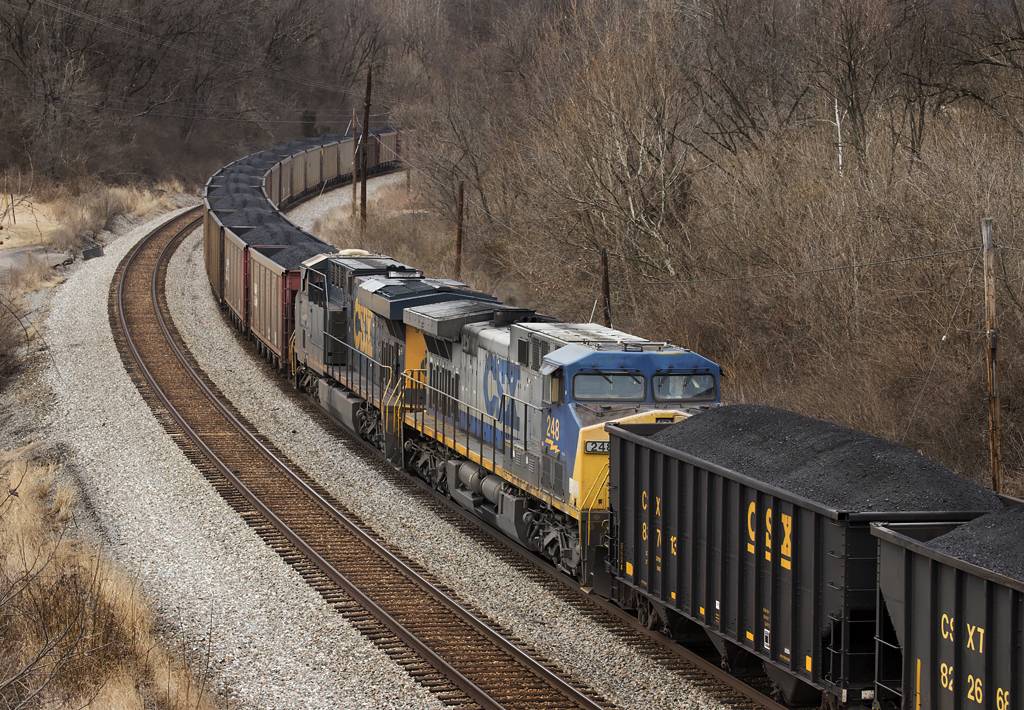

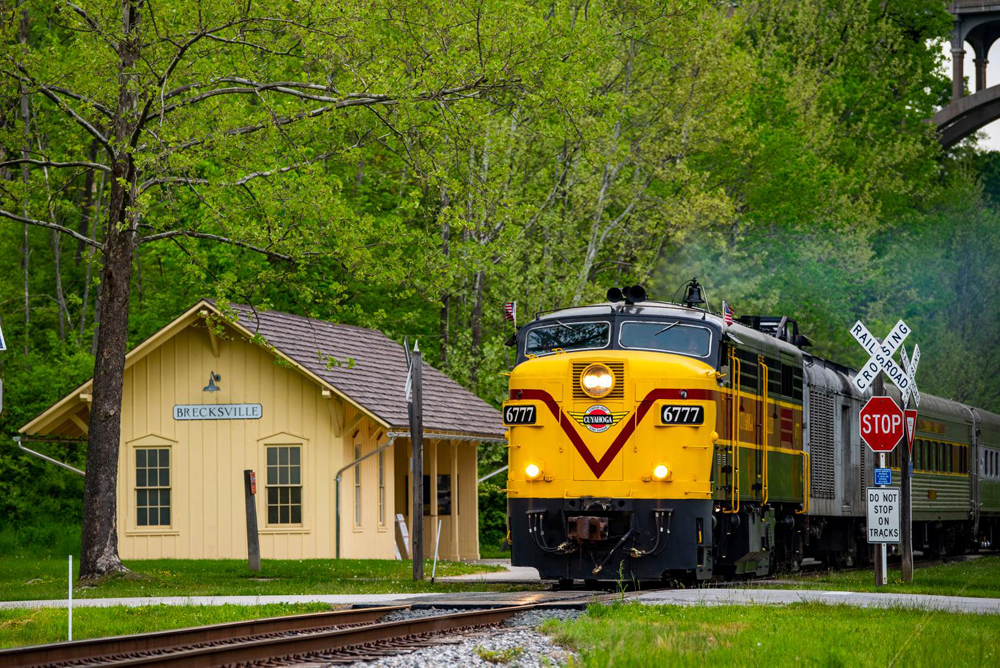
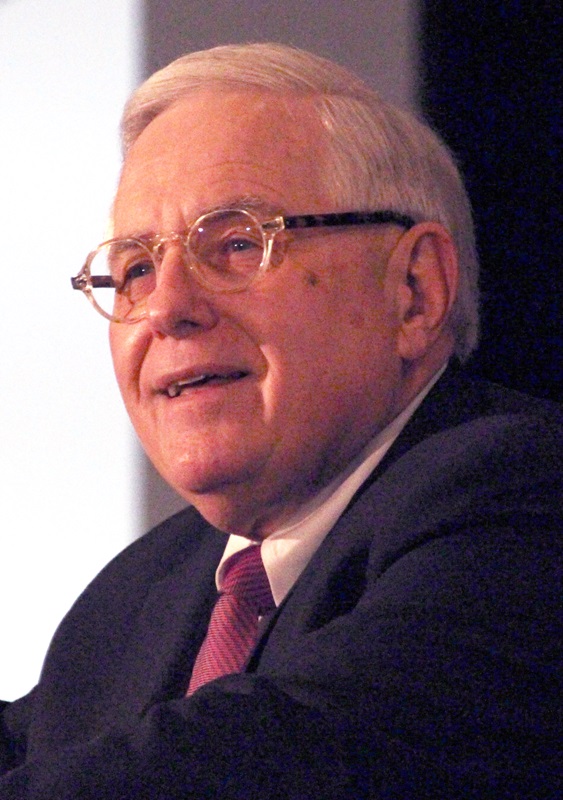
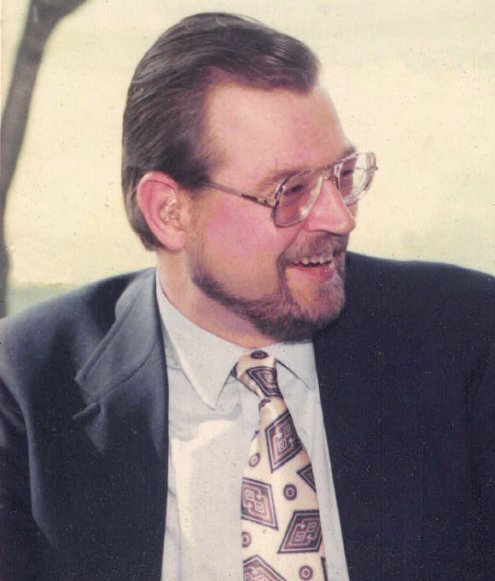
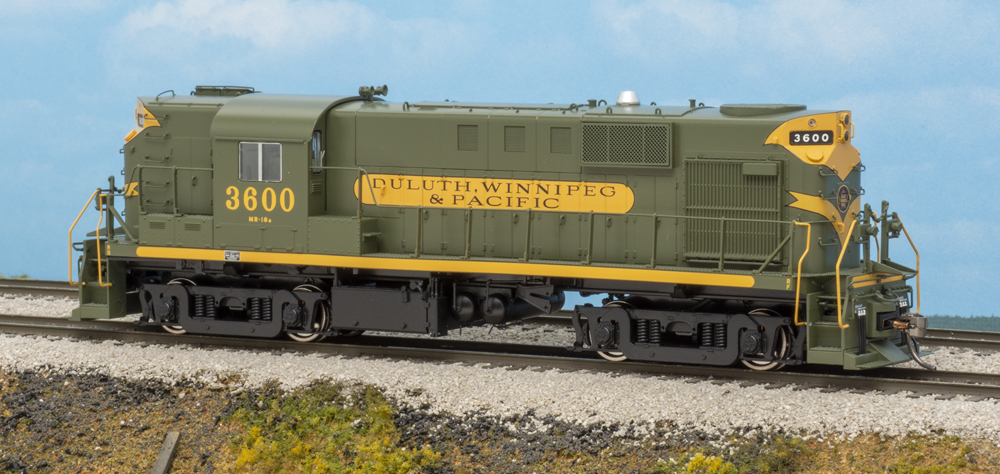




Let’s see: Couple two coal trains, each with 110 cars and sufficient head end power to haul them, one behind the other. Then describe the power for the second section as “DPU” on a single train. Eliminate two employees from the second string, since the two at the front can monitor external events such as signals, grade crossings, and other “risks” possibly associated with the second string as a separate train. The EHH legend continues!
But how long is it legal for a train block a grade crossing? And how many sidings on the downsized-to-single-track CSX, in many places, can accommodate such overlength trains? Will CSX dispatchers favor those trains over Amtrak as to which goes into the sidings on a 2-way single track railroad?
Long trains with DPU only make sense when the run is long enough to justify it. CP runs DPU front middle and back. Today’s DPU technology has come a long way with signal distance. Train meets can be tricky to manage but that’s what good RTC is for. The 220 car concept can work efficiently but not in every circumstance. Time will tell with CSX.
You might think CSX is saving time and money but I beg to differ , the time it takes to set up a 220 car train will take a lot longer, won,t fit in sidings, probably going to wait a long time once it reaches its destination to m/t all the cars , will block main lines and RR-crossing , and as far as speed when running ,not going to happen cause I did see a xtra long train at a crossing by my house and it looked like it was crawling , couldn,t get out of its own way , This idea sounds great on paper but realistickly , it will cost money not save!
Oh yeah, don’t forget about the Almighty Amtrak.
This has been tried on Huntington Division (the Coal Fields) before. If I recall the problem was maintaining the signal with the distributed units. Mountains, valleys and tunnels were a few of the factors contributing to the interruption of the signals. As Mr. Nichols mentioned earlier, you are also dealing with added slack and almost double the number of knuckles.
More knuckles, fewer knuckleheads. I don’t know.
Running DPU is a good idea, if you are set up for it.
You have to have the space to build the train. Many places in the east are not laid out well. There is too much time-consuming doubling into and out of places as it is. DPU just makes this problem worse. It takes time and labor to get a DPU train set up to run. While touring Bailey yard a few years ago, I was told it took them an extra hour to build a DPU train and get it out on the road.
You have to make sure you can get the train over the road without losing the radio signal and making a mess. You can install radio repeaters on the ground in key locations to solve the problem, but this just adds to the cost and complexity.
You have to be sure you won’t decrease your line capacity in key locations. Really long trains make it hard to find spots to wait for meets and fit in sidings. If you are operating on predominantly double track, maybe this is not such an issue, but there are lots and lots of single train mainlines around.
If trains had a “smart” trainline – perhaps as part of an advanced ECP setup, building and running DPU trains would be much, much simpler and faster. But, the industry is going to take their tax break windfall and pay dividends and buy back stock. That money could buy a quantum leap in velocity and asset productivity. Isn’t there any industry leader with vision that can focus more than 5 years down the road?
220 cars
KENNETH – Don’t recall where I read or heard, one reason for short cargo trains in Europe is to run them fast to keep them out of the way of passenger trains. UK has no carload (“wagonload” in UK) but runs short unit trains, mostly steamship containers and building materials. These run daytime on 125 mph passenger tracks.
What took them so long?
Try running a 200 plus car train built with buffers and turnbuckle couplings. 😉
The CPR addressed the loss of connectivity issues back in the 1960’s with the use of repeater towers between Calgary and Vancouver. Nice to see CSX has finally caught on.
In Europe, train consists continue to be around 20 or 30 cars. Wonder where the difference in making the numbers make economic sense, comes from?
So imagine waiting at a grade crossing for a crawling, 220-car coal train. Nice.
CSX is using DPU’s on the loaded coal trains on the former Clinchfield also, until they sell it. LOL!
CSX RAN 200-car coal trains, or
CSX has RUN 200-car coal trains.
Good to see the recycled CN management at CSX re-inventing the wheel for a bonus. Did they have many mountainous tunnels on CN, or were they more of the river grade variety where any temporary loss of comm between power sets wouldn’t necessarily stall the train?
But it’s good to see us ooohing and ahhhing over CSX again. Based on the news media coverage, for awhile there, you would have thought no railroad besides CN ever ordered 300 new motors at a whack.
European/English cities are much closer together than the us. No reason to make monster trains when the runs are much shorter. The entire system,sidings,yards,signaling blocks is engineered for shorter, more frequent and faster trains and less clearance.